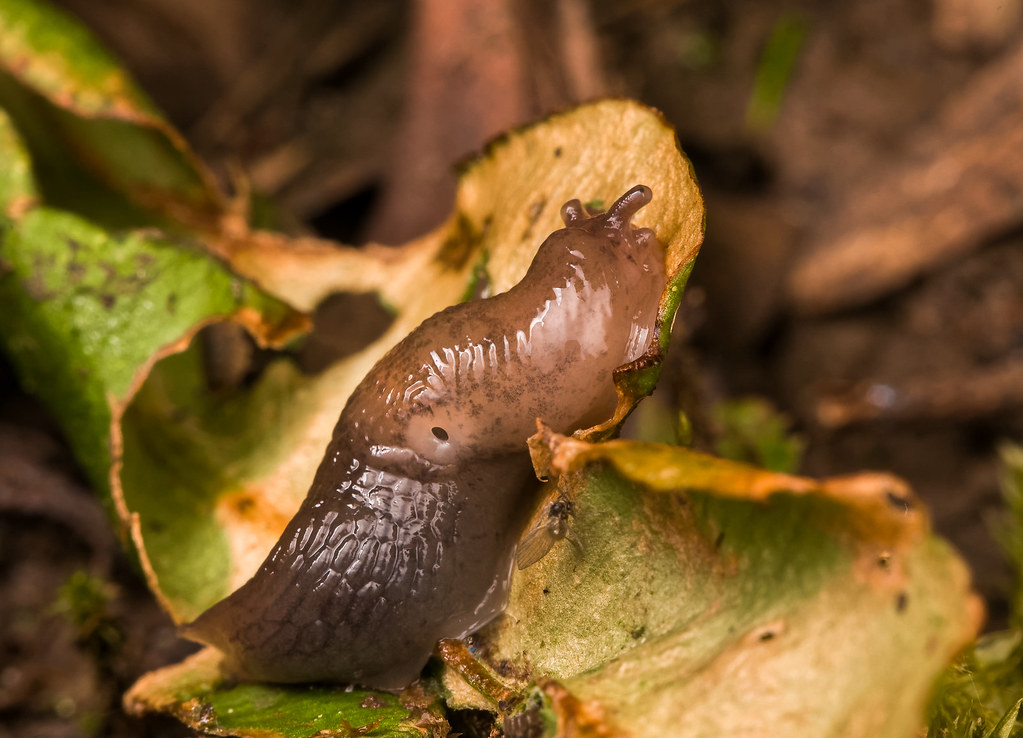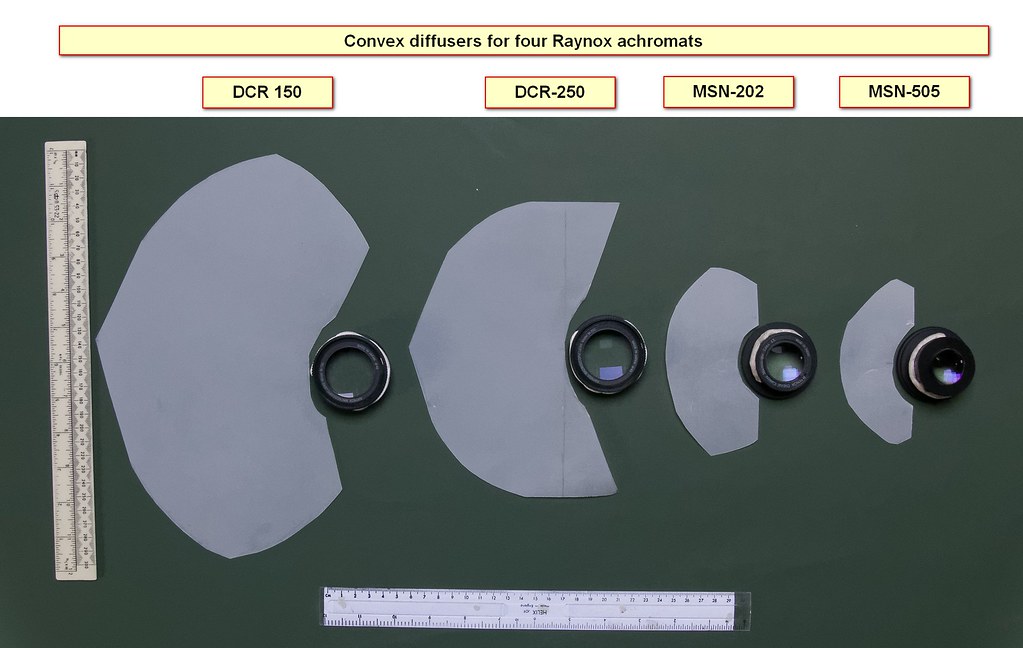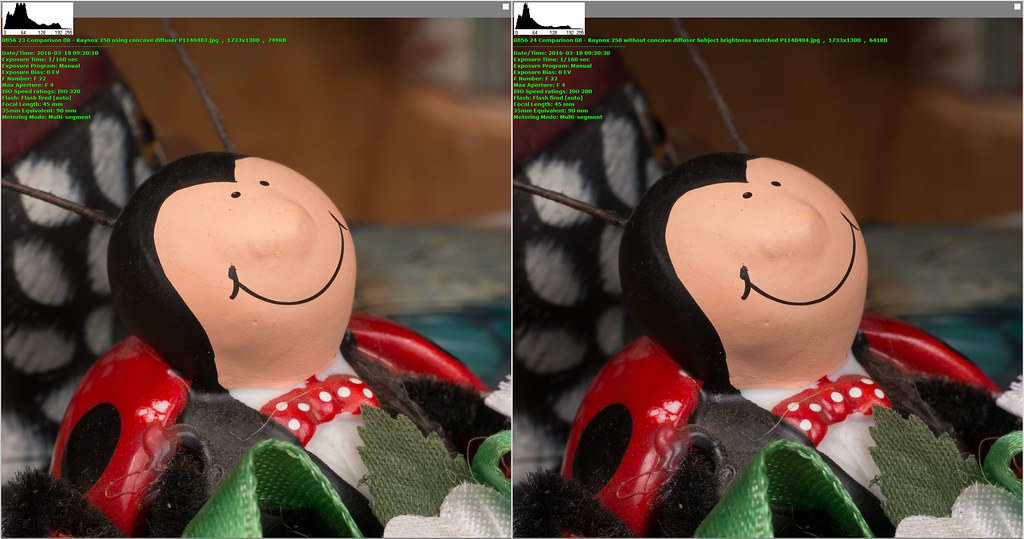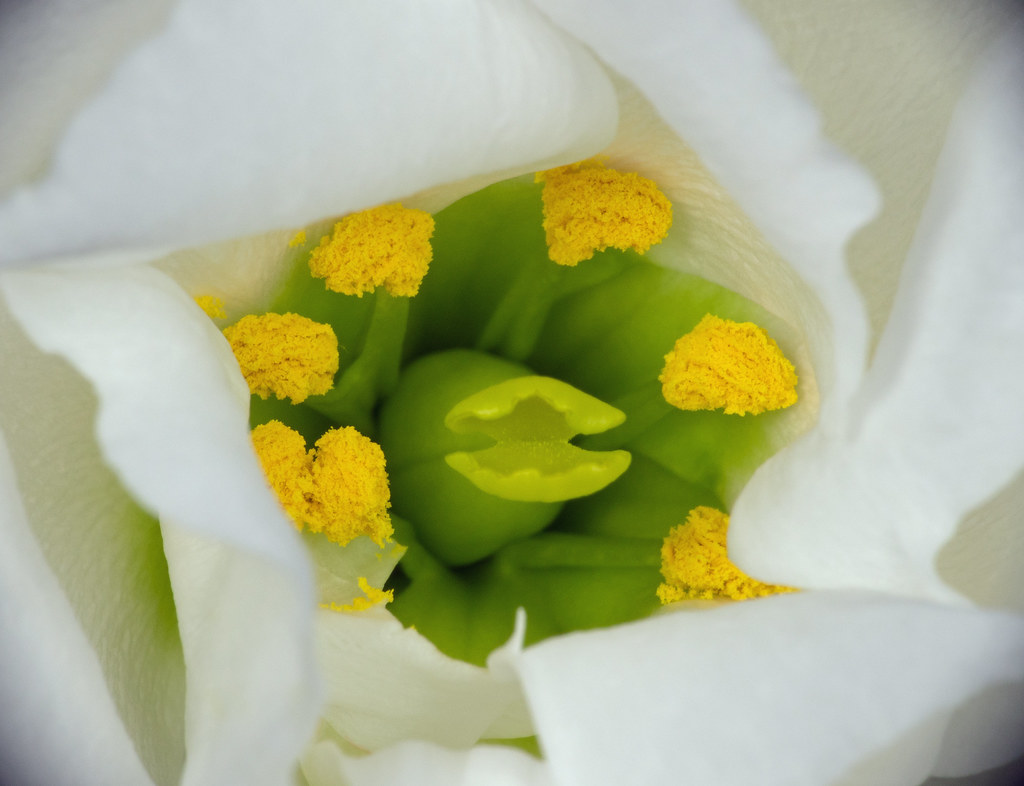I made the following post
over at dpreview this afternoon as it may be of interest to users of small sensor cameras like the FZ200 camera that I use. However, it is very much in the spirit of this thread so I thought I would copy it, as is, into this thread. The background may read slightly oddly for this thread - regular readers will understand that I have been a little economical with the background details.

Comparison of FZ200 and Canon 70D for hand-held shots in poor light
Background
For me, this is a practical question to do with photographing botanical subjects hand-held in poor light with one or other of these cameras. I have explored this with some real world, practical tests. However, I think the results may be of wider interest (possibly including a bit of a surprise).
I'm in a windy area in the south west of the UK. I usually use my Canon 70D to photograph flowers, buds, bushes etc. I usually work hand-held, often in breezy conditions (which can require faster shutter speeds) and in poor light (where getting a fast enough shutter speed can be problem even in still air). I'm often confronted with the need to use somewhat high ISOs in order to get fast enough shutter speeds.
Sometimes it would be handy to use my FZ200 for flowers etc. But would this be practical?
Approach
I decided to capture a set of shots using each camera in turn (using a 55-250 STM lens on the 70D). I wanted the pairs of shots to have the same angle of view and the same depth of field so I was comparing like with like. I decided to the use the same shutter speed for each pair of images. This was because shutter speed can be the limiting factor for this sort of work.
The depth of field depends on the angle of view and the aperture. The angle of view was going to be the same for each pair of shots (or as near as I could get it). Because of the difference in sensor size, in order to get the same depth of field the aperture would ned to be 3 and 2/3 stops smaller for the 70D. So for example if I was using f/4 on the FZ200 I would need to use f/14 on the 70D. f/2.8 on the FZ200 would need f/10 on the 70D. This relationship can be calculated using the Cambridge in Colour Depth of Field Equivalents calculator on
this page .
In order to get the same shutter speed the ISO would need to be higher for the 70D. Other things being equal, the 3 and 2/3 stops difference in aperture would need the ISO to be 3 and 2/3 stops higher on the 70D. This would mean that using ISO 100 on the FZ200 would need ISO 1250 on the 70D, ISO 200 on the FZ200 would need ISO 2500 on the 70D etc.
However, as I started with the first test scene I discovered that the FZ200 and the 70D don't agree about what exposure is needed. With both in aperture priority mode and using evaluative metering with exposure compensation set to 0 stops, in order to get the same shutter speed the 70D ISO needed to be set at 2 and 2/3 stops or 3 stops higher than the FZ200 rather than the 3 and 2/3 stops that theory suggested. (Although the lighting was very even the shutter speed would sometimes vary by 1/3 stop from shot to shot when repeatedly taking the same shot with the same camera.)
Given this difference in exposure evaluation, I decided to capture a scene with one of the cameras and then equalise the shutter speeds by altering the ISO as necessary on the other camera. This led to using ISOs that were consistently 2/3 or 1 stop less than predicted by theory on the 70D.
Working hand-held, I captured 3 raw shots of each of 9 scenes with each camera.
The light level was quite low, so even though I was using f/2.8 and f/4 on the FZ200, and ISOs of up to 500 on the FZ200, I still got shutter speeds as low as 1/50 sec. I was using image stabilisation on both cameras, but even so 1/50 was quite slow, given that I was using 375-600mm equivalent focal length. For the 9 scenes the shutter speeds were fairly evenly spread between 1/50 and 1/250 sec.
The results were quite variable, especially at the slower shutter speeds, and the first thing I did after importing the raw files into Lightroom was to pick the best of each set of three and base my comparisons on those. In order to make it easier to do like for like comparisons I exported the selected files as JPEGs with a common height of 3000 pixels.
I also wanted to compare the pairs after applying my routine DXO Optics Pro 10 batch processing of Prime noise reduction, “lens softness” correction and mild Microcontrast enhancement, as this is my standard approach before finishing off with image-specific processing in Lightroom. Having done this DXO processing I imported the processed files into Lightroom and exported them to JPEG, again as 3000 pixels high.
I then used Faststone Image Viewer to compare the four images I now had for each scene, two from each camera, one with and one without DXO processing. At this stage I did most of the comparison at 100%, as illustrated in this screenshot.

0814 Comparison 2a - Subject by
gardenersassistant, on Flickr
The two 70D images are at the top, the FZ200 images at the bottom. The versions taken straight out of Lightroom are on the left, the versions with DXO processing applied are on the right. In this cases I was looking at the subject, comparing sharpness, clarity, detail. Here is another view of the same scene, this time examining the noise in the background.

0814 Comparison 2b - Background noise by
gardenersassistant, on Flickr
The following table summarises the notes I made while doing these four-way comparisons.

0814 Observations on poor light equivalent comparison shots by
gardenersassistant, on Flickr
This album at Flickr contains screenshots of the four-way 100% comparisons, one screenshot for some of the nine scenes, and two screenshots (subject and background) for the others.
This album at Flickr has versions of the images which are 3000 pixels high so you can take a closer look at some of them if you like. They have been saved with JPEG 60 compression so as to make the upload speeds bearable (I don't have a fast internet connection). The compression lowers the quality, but I believe they are good enough for comparison purposes. I didn't think clearly about this and should preferably have upload full size images, but I had got too far through the process before I realised this and couldn't stomach the reworking that would be needed. This means that for 8 of the 9 scenes, which are landscape orientation, the FZ200 images are full size. Those images are downsized for the 70D. For the first comparison, which is portrait orientation, both the FZ200 and the 70D images have been downsized.
As well as comparing the pairs of images from the two cameras, I was also interested in whether either or both of the cameras could produce usable results at these quite high ISOs. My normal outputs are images processed for viewing at 1300 pixels high on screen, so I created a version of each of the 36 image versions at this height. They are in
this album at Flickr .
Thoughts/conclusions
Even at the quite high ISOs I was using (up to ISO 500 for the FZ200 and up to ISO 4000 for the 70D), I felt that both cameras were, at least some of the time, capable of producing results for this sort of subject (which is less demanding than hairy insects etc) that I would be prepared to post online at 1300 pixels high for others to view (subject to having managed to make a captures at a still enough moment to get a tolerably sharp image) without feeling embarrassed about the image quality. Apart that is from some of the smooth backgrounds where there was sufficient posterisation caused by the DXO processing (even without raisings shadows) to make me doubtful about using the images, and my normal image-specific adjustments could make this problem worse (e.g. I raise shadows a lot). Surprisingly (to me at least), there were hints that this problem was worse with the 70D.
Overall I felt the comparisons confirmed my preference for using the 70D over the FZ200 for this type of shot. Some of the reasons for this are in the above table of comments on the 100% comparisons. But I found it impossible to tell from these 100% views how significant the differences I saw would be when looking at images at my normal output size. It was when I later looked through the 1300px high DXO-processed versions that I was convinced that there were some significant differences. The 70D versions of first three and the 7th scene looked significantly better to me than the FZ200 versions, while the FZ200 version of the 6th scene looked significantly better to me than the 70D version.
With only 9 scenes to compare, and not having applied image-specific post processing, I don't think this is enough to be fully convincing, but it does chime with my previous experience with botanical work with these two cameras.
(By the way, this is not an assertion that the 70D is a better camera. That depends, for me at least, on the context, and as it happens for me the FZ200 is clearly better than the 70D for flash-based photography of insects etc.)
What is perhaps surprising (if you haven't read about equivalence) is the similarity in the noise characteristics at such different ISOs and with such a large difference in sensor size. I knew that in theory they were likely to be similar (subject to possible differences of processor generation and design etc), but I was still surprised at the similarity.
As a side note, when I was doing the initial selection of the best from each set of three images I did wonder if the 55-250 STM on the 70D was providing better image stabilisation. I have done another set of comparisons today to investigate this (10 shots at 400mm equivalent with each camera of 5 scenes, all at quite low shutter speeds). The results were very variable but I couldn't discern any pattern that suggested the 70D image stabilisation was any better, or any worse, than the FZ200 stabilisation. Here too though, that probably isn't a large enough sample to be entirely convincing.












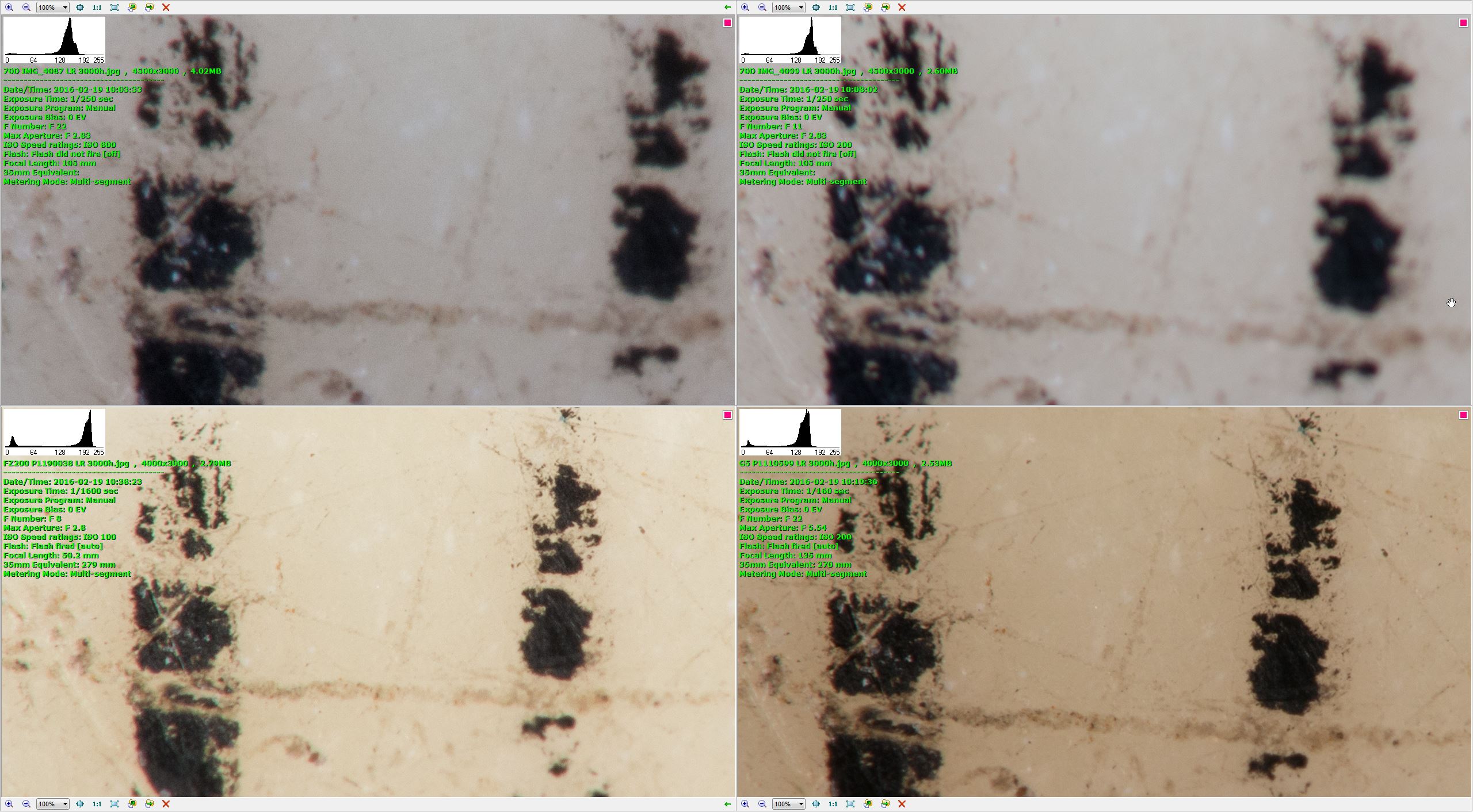



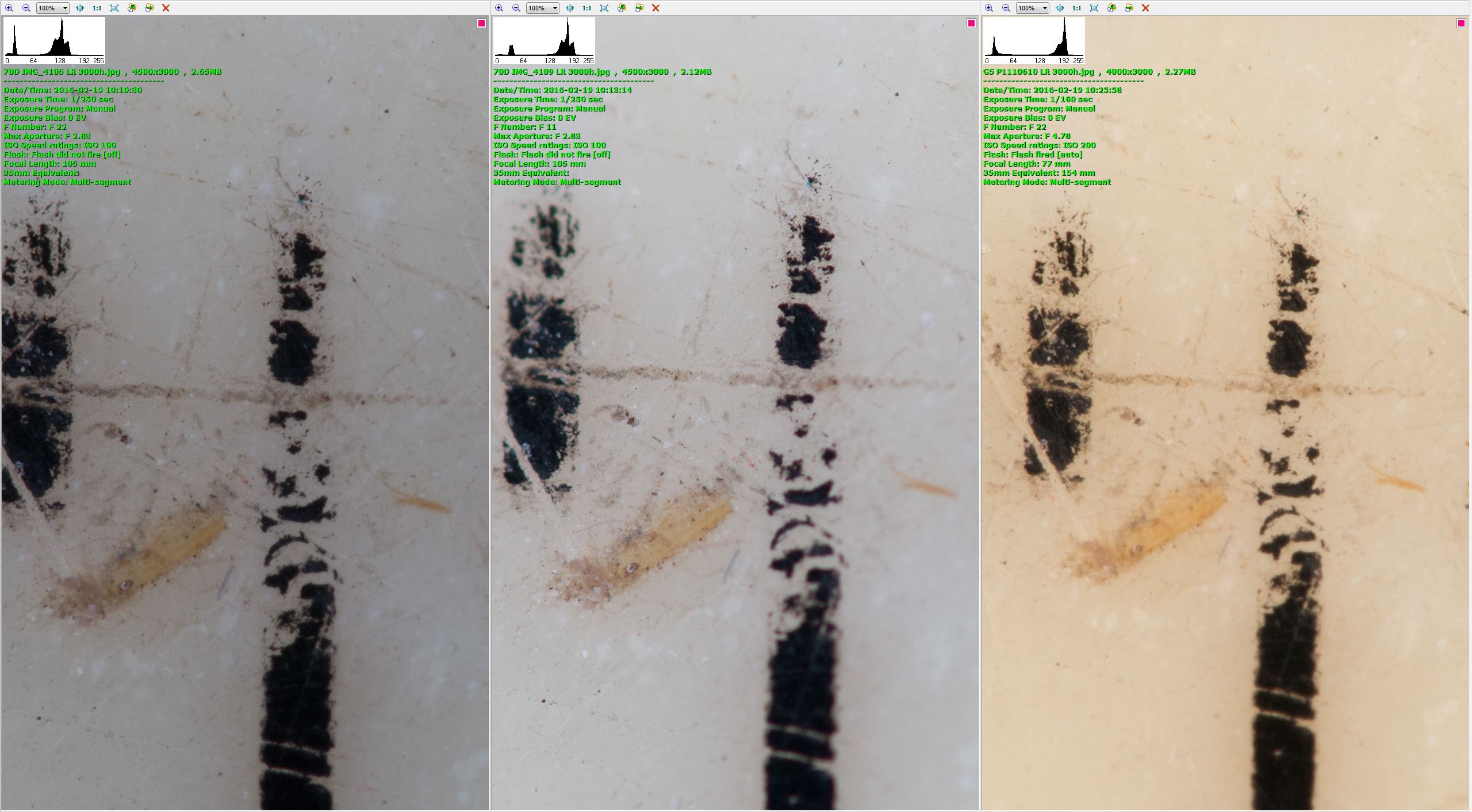





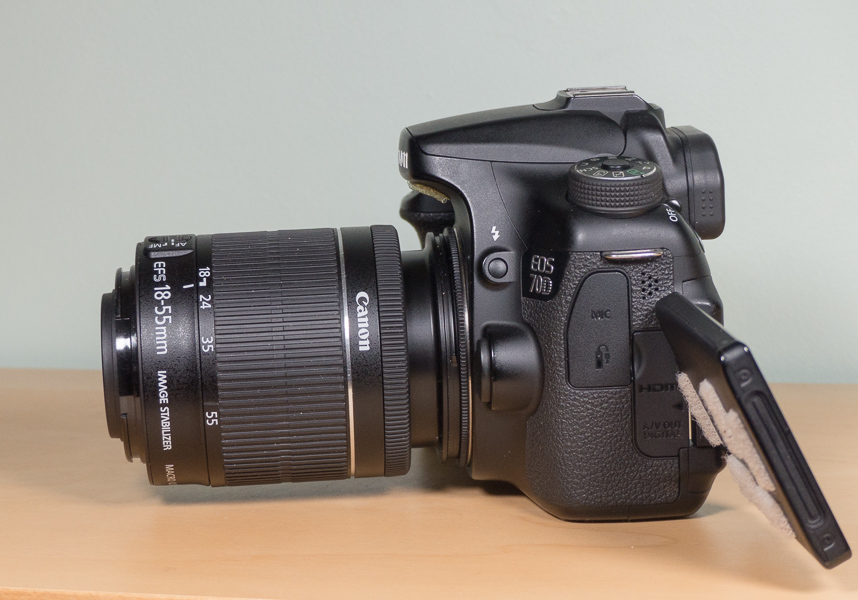

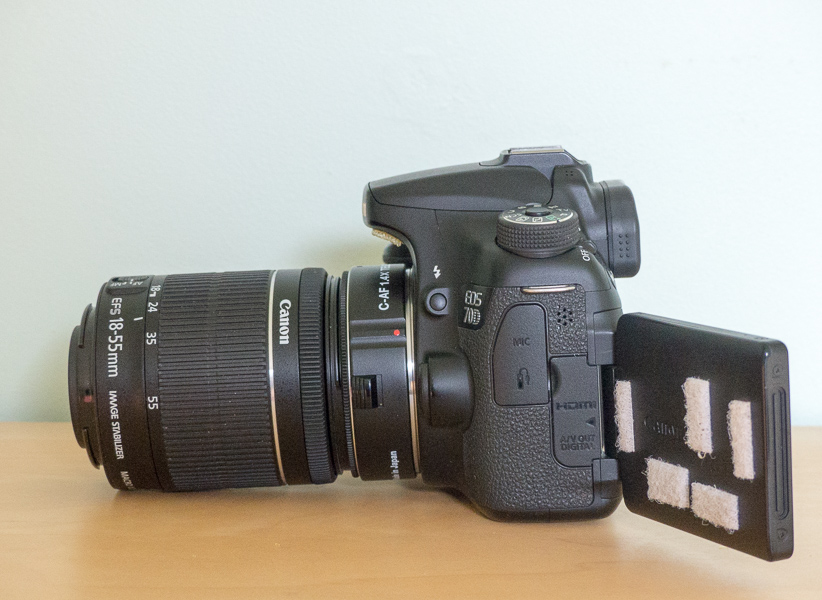



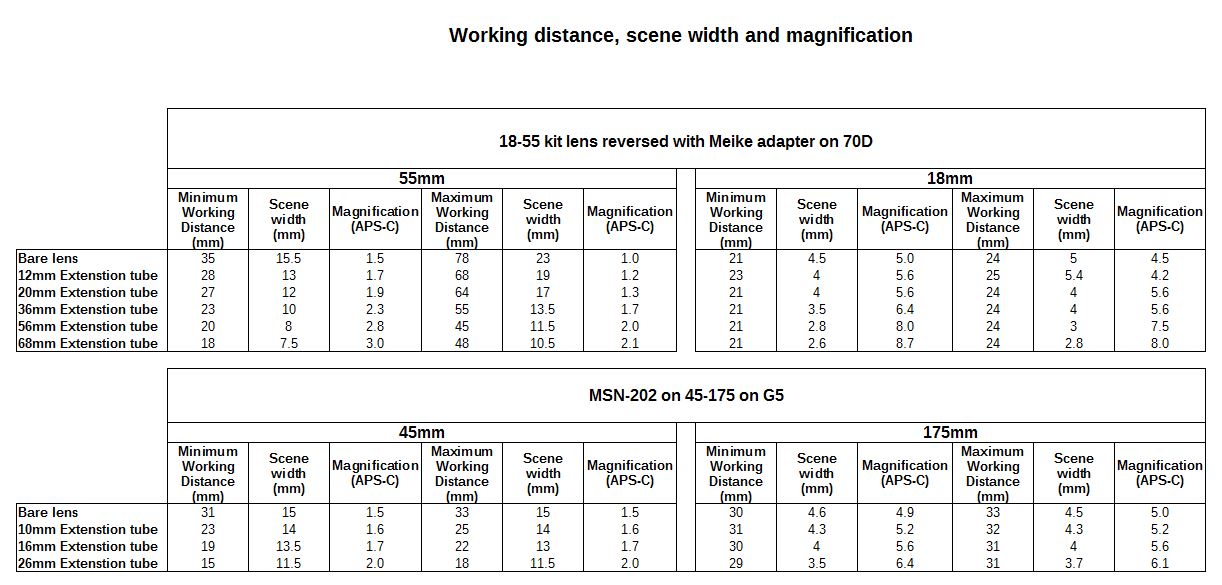








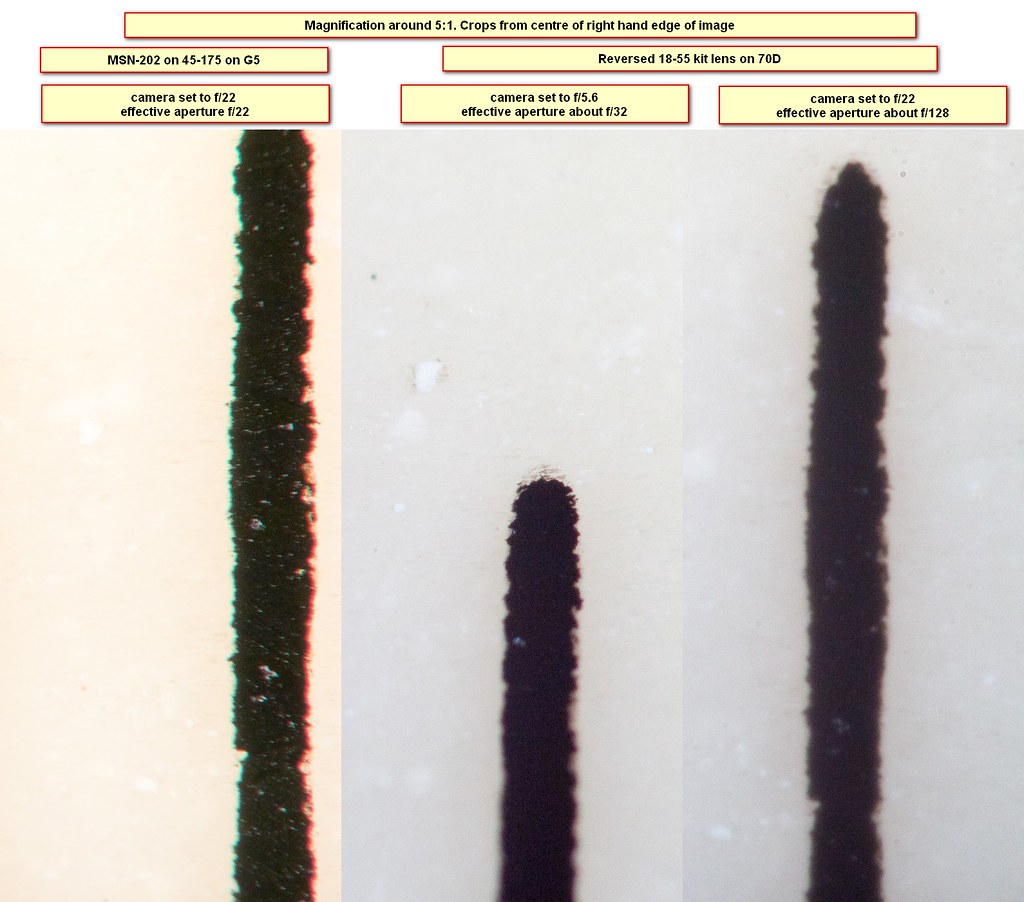






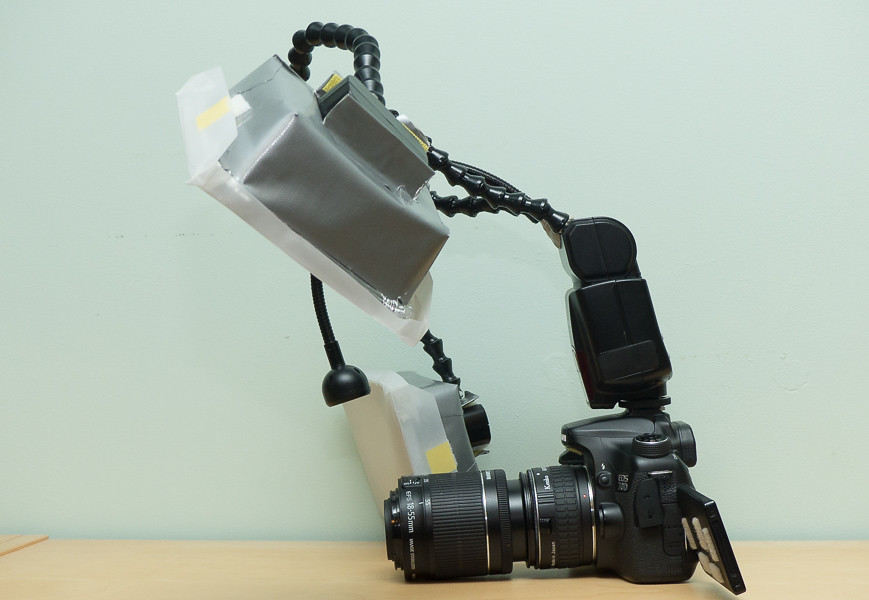

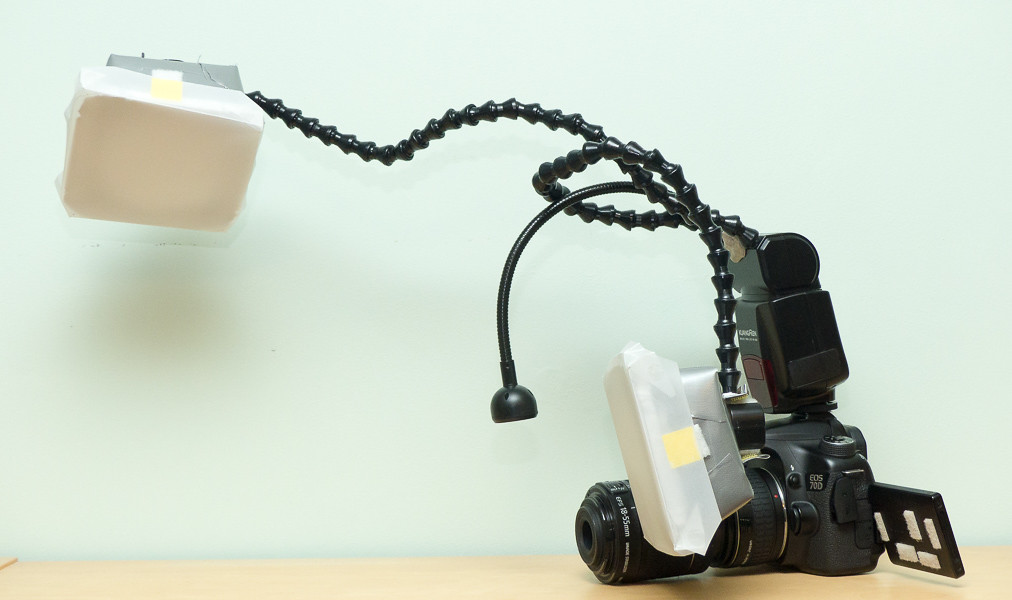
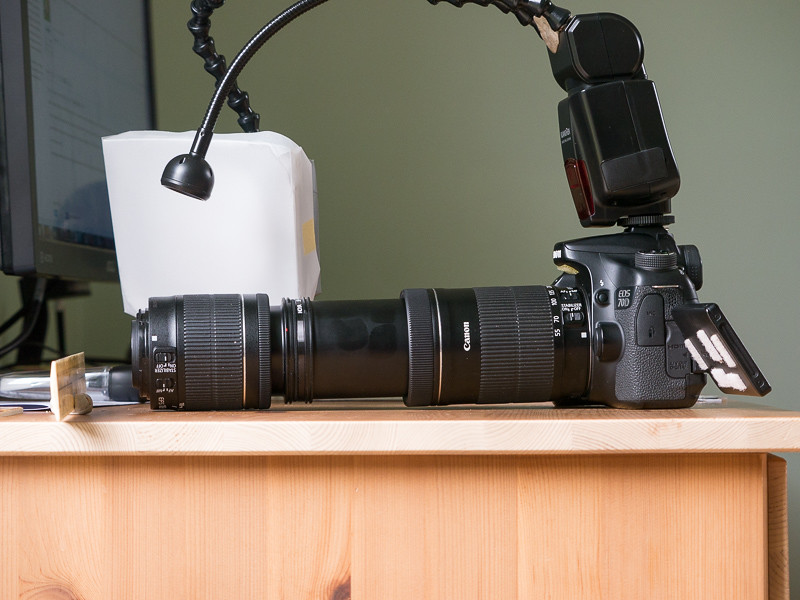

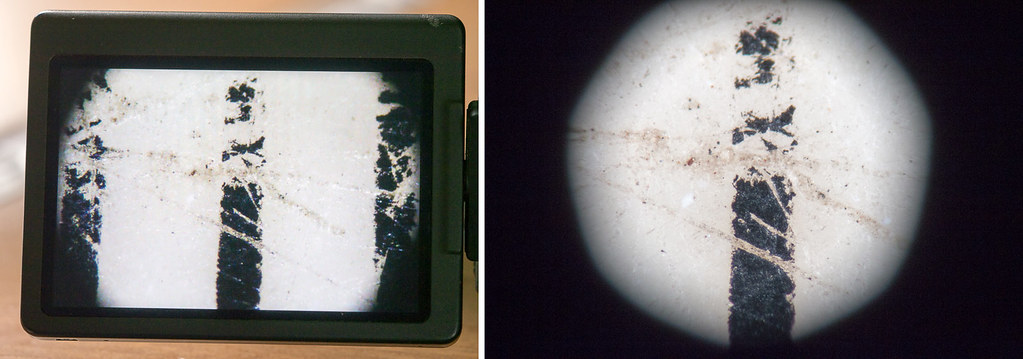



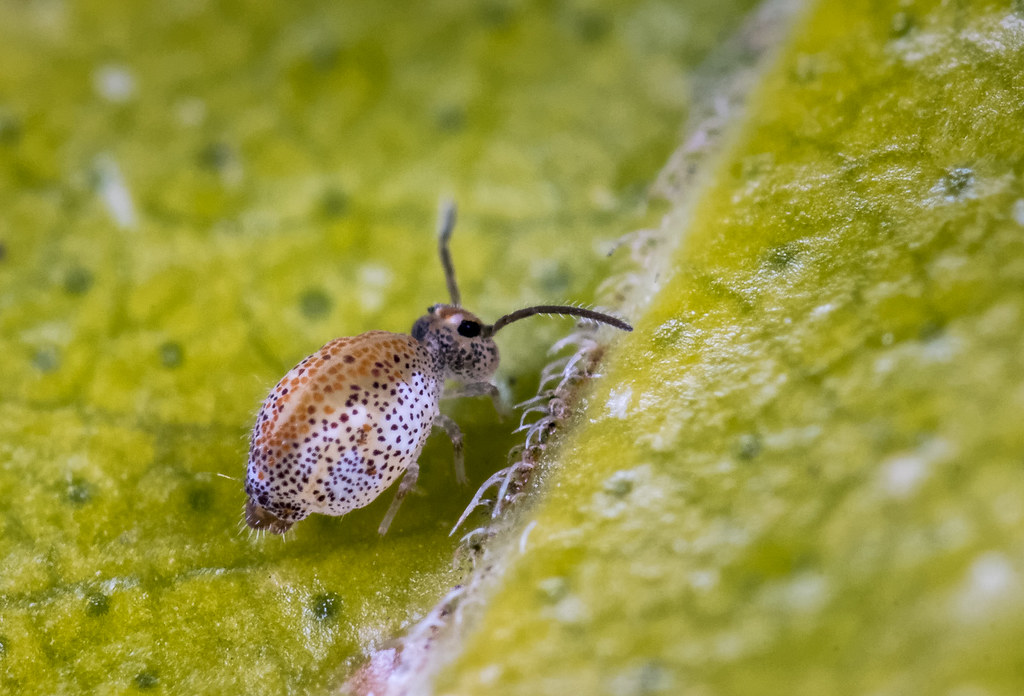






 0852 47 2016_03_15 P1130257 LR 1300h
0852 47 2016_03_15 P1130257 LR 1300h 0852 48 2016_03_15 P1130256 LR 1300h
0852 48 2016_03_15 P1130256 LR 1300h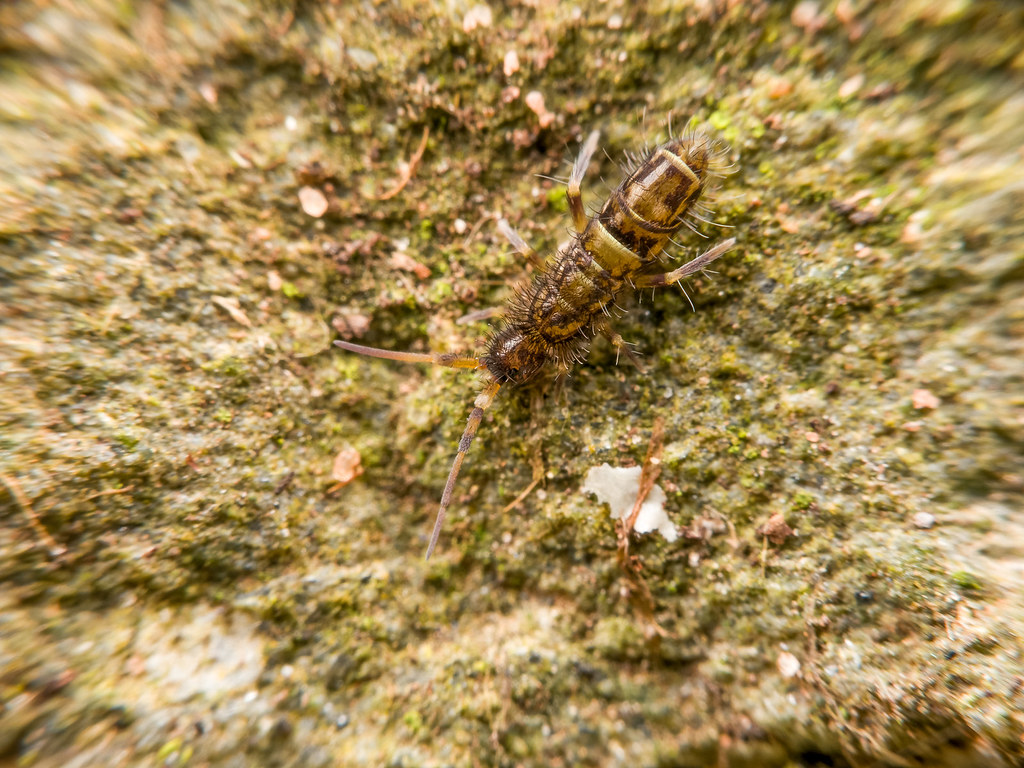 0852 04 2016_03_15 P1130396-2_DxO LR 1300h Uncorrected distortion
0852 04 2016_03_15 P1130396-2_DxO LR 1300h Uncorrected distortion 0852 03 2016_03_15 P1130396_DxO LR 1300h Corrected distortion
0852 03 2016_03_15 P1130396_DxO LR 1300h Corrected distortion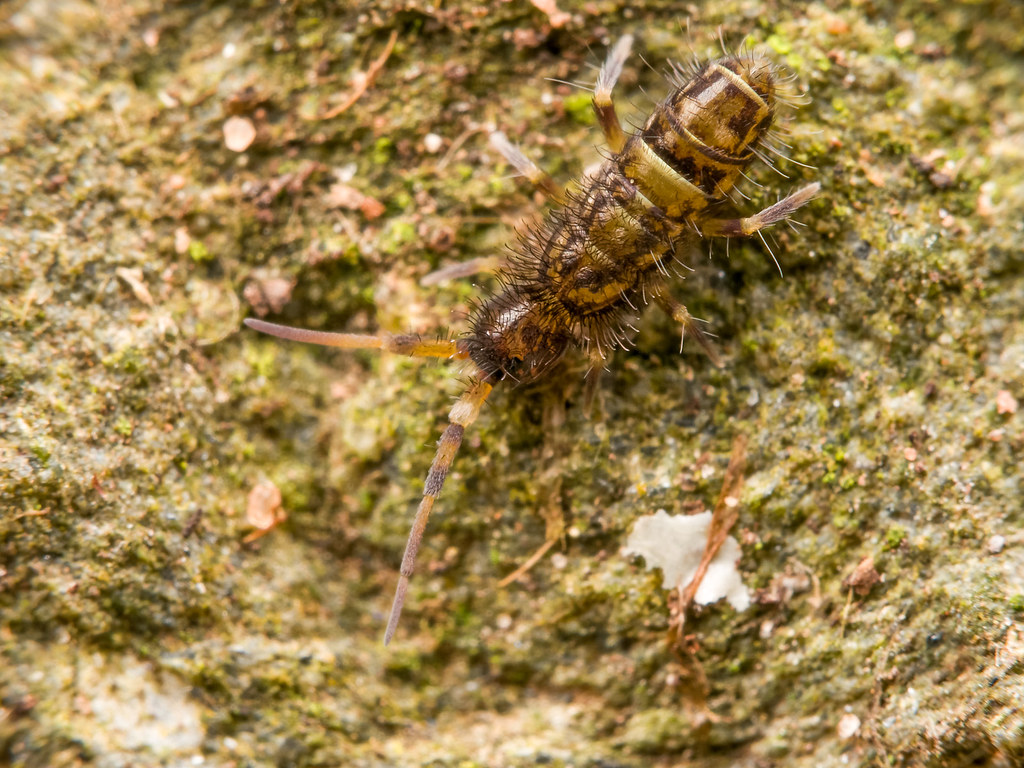 0852 05 2016_03_15 P1130396_DxO LR 1300h-2 Over-corrected distortion
0852 05 2016_03_15 P1130396_DxO LR 1300h-2 Over-corrected distortion 0791 15 Double concave diffusers with Midi Hybrid diffusers
0791 15 Double concave diffusers with Midi Hybrid diffusers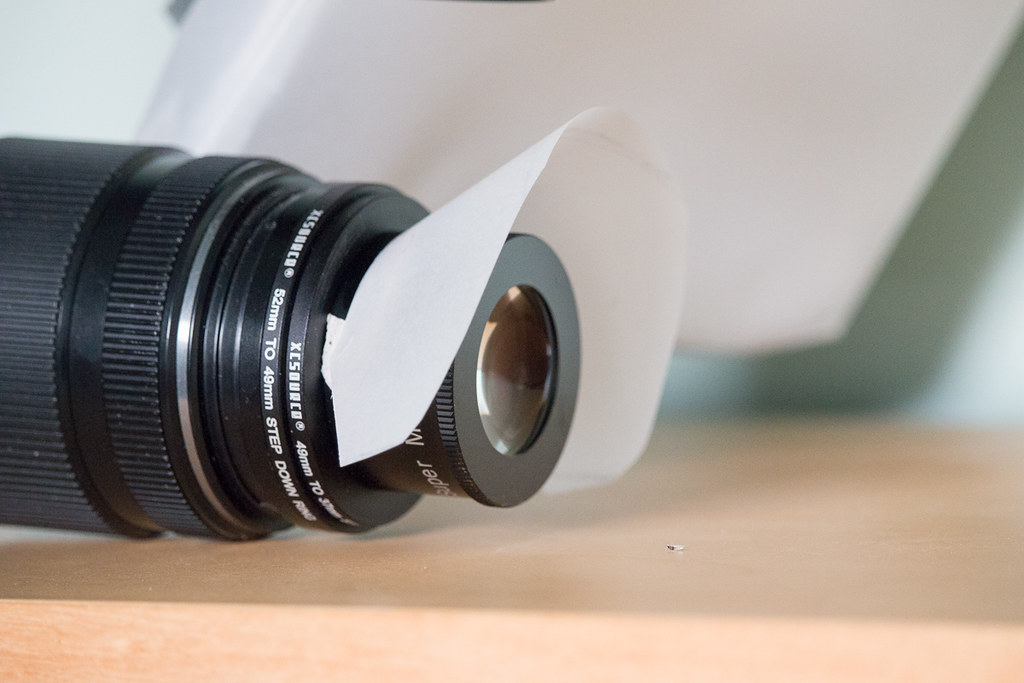 0855 01 Plastic paper convex diffuser on Raynox MSN-505
0855 01 Plastic paper convex diffuser on Raynox MSN-505 0855 02 Plastic paper convex diffuser on Raynox MSN-505
0855 02 Plastic paper convex diffuser on Raynox MSN-505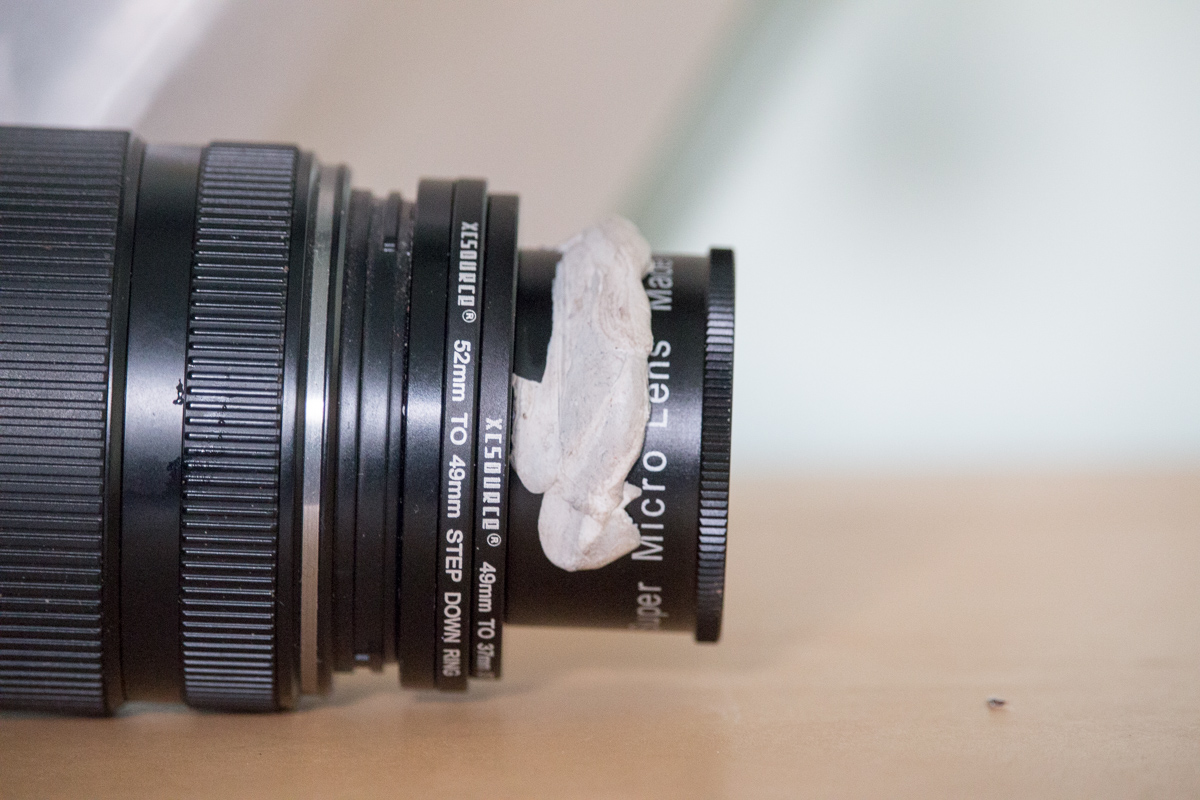 0855 03 Blu tack used to hold concave diffuser in place
0855 03 Blu tack used to hold concave diffuser in place 0855 04 Length of diffuser limited by 18mm focal length of MSN-505
0855 04 Length of diffuser limited by 18mm focal length of MSN-505 0855 05 Diffuser has to be shaped to allow varying angle of attack
0855 05 Diffuser has to be shaped to allow varying angle of attack 0855 06 Convex diffuser for MSN-202
0855 06 Convex diffuser for MSN-202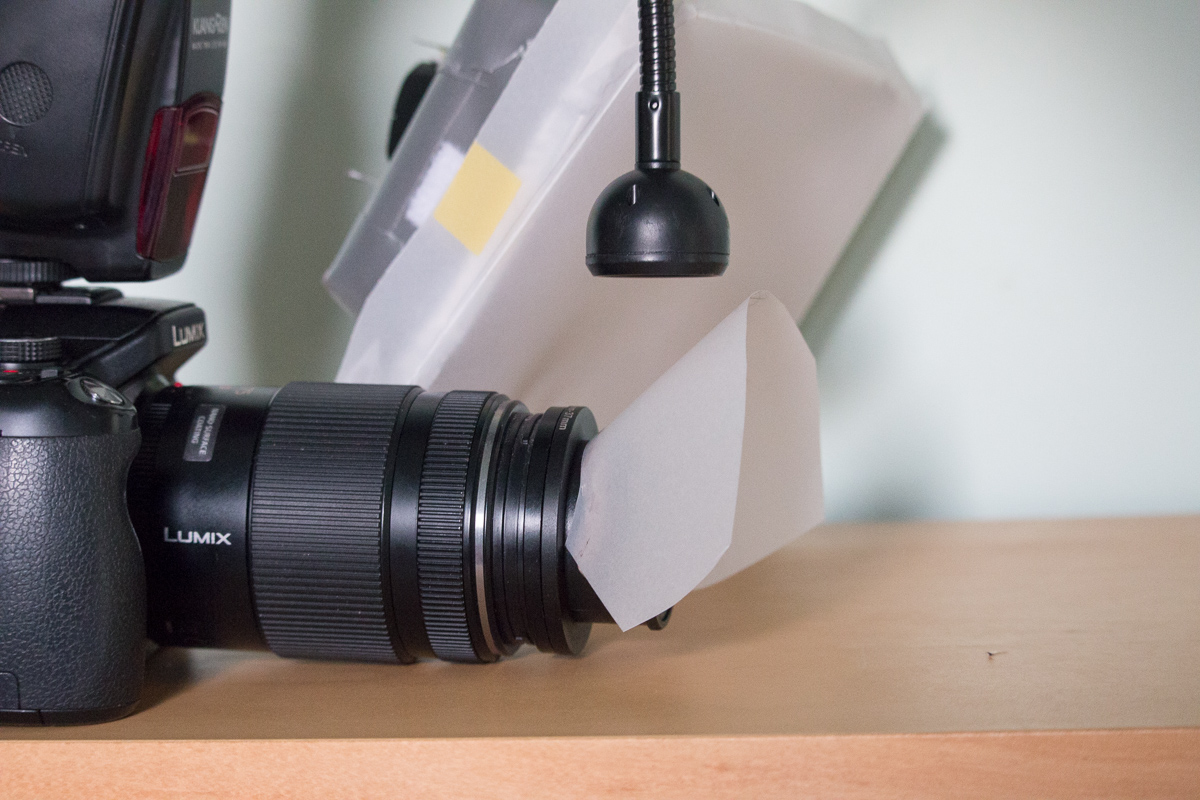 0855 07 Convex diffuser for MSN-202
0855 07 Convex diffuser for MSN-202 0854 08 2016_03_17 P1130864_DxO LR 1300h Green fringing
0854 08 2016_03_17 P1130864_DxO LR 1300h Green fringing 0854 09 2016_03_17 P1130864-2_DxO LR 1300h Green fringing partly removed
0854 09 2016_03_17 P1130864-2_DxO LR 1300h Green fringing partly removed 0854 09a 2016_03_17 P1130864-2_DxO LR 1300h Green fringing more completely removed
0854 09a 2016_03_17 P1130864-2_DxO LR 1300h Green fringing more completely removed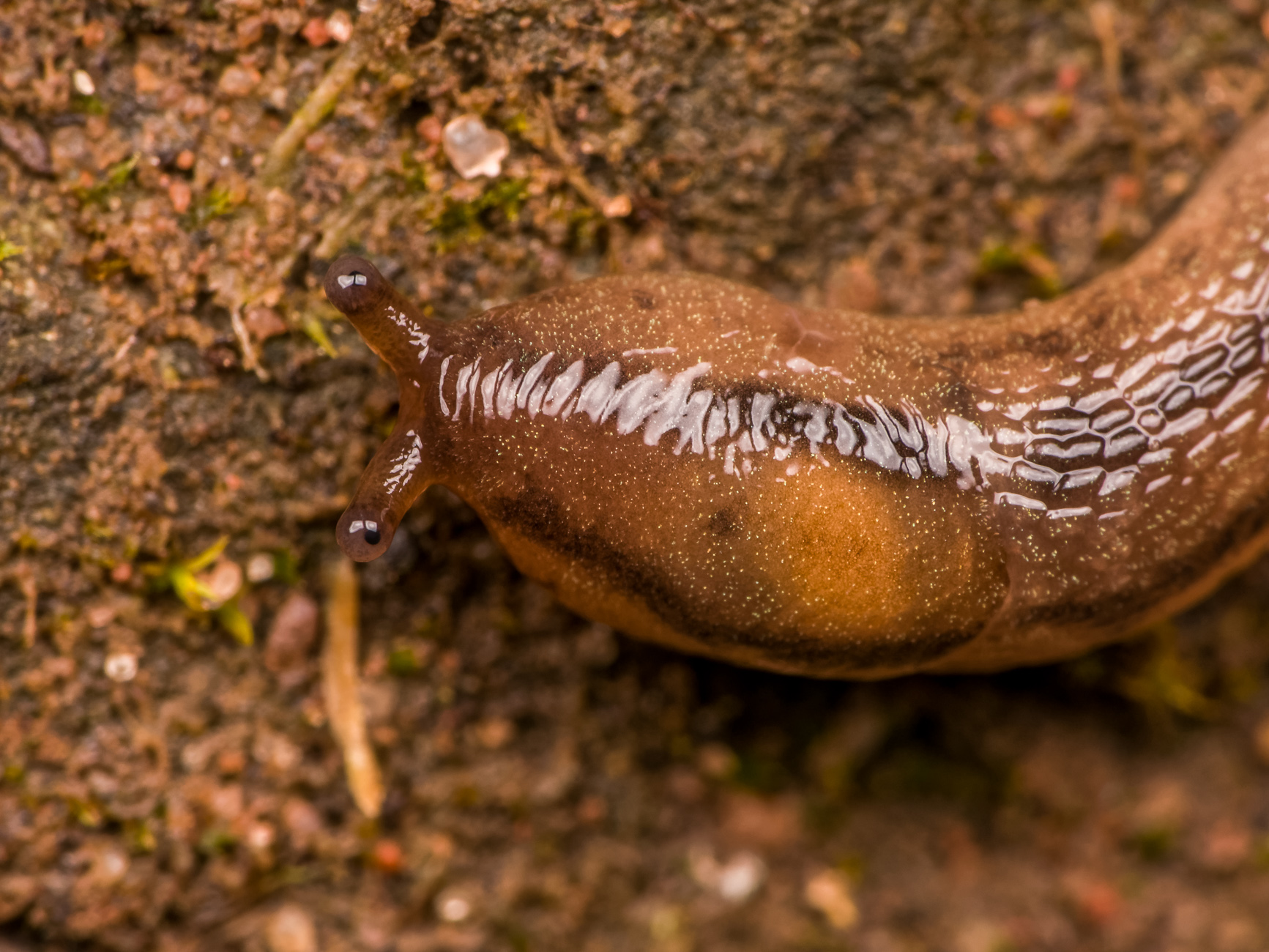 0854 16 2016_03_17 P1130960_DxO LR 1300h
0854 16 2016_03_17 P1130960_DxO LR 1300h
 0838 10 Upper expanded polystyrene layer in original version of Shallow Hybrid Diffuser
0838 10 Upper expanded polystyrene layer in original version of Shallow Hybrid Diffuser 0838 11 Mark 2 version of Shallow Hybrid Diffuser with upper expanded polystyrene layer removed
0838 11 Mark 2 version of Shallow Hybrid Diffuser with upper expanded polystyrene layer removed

